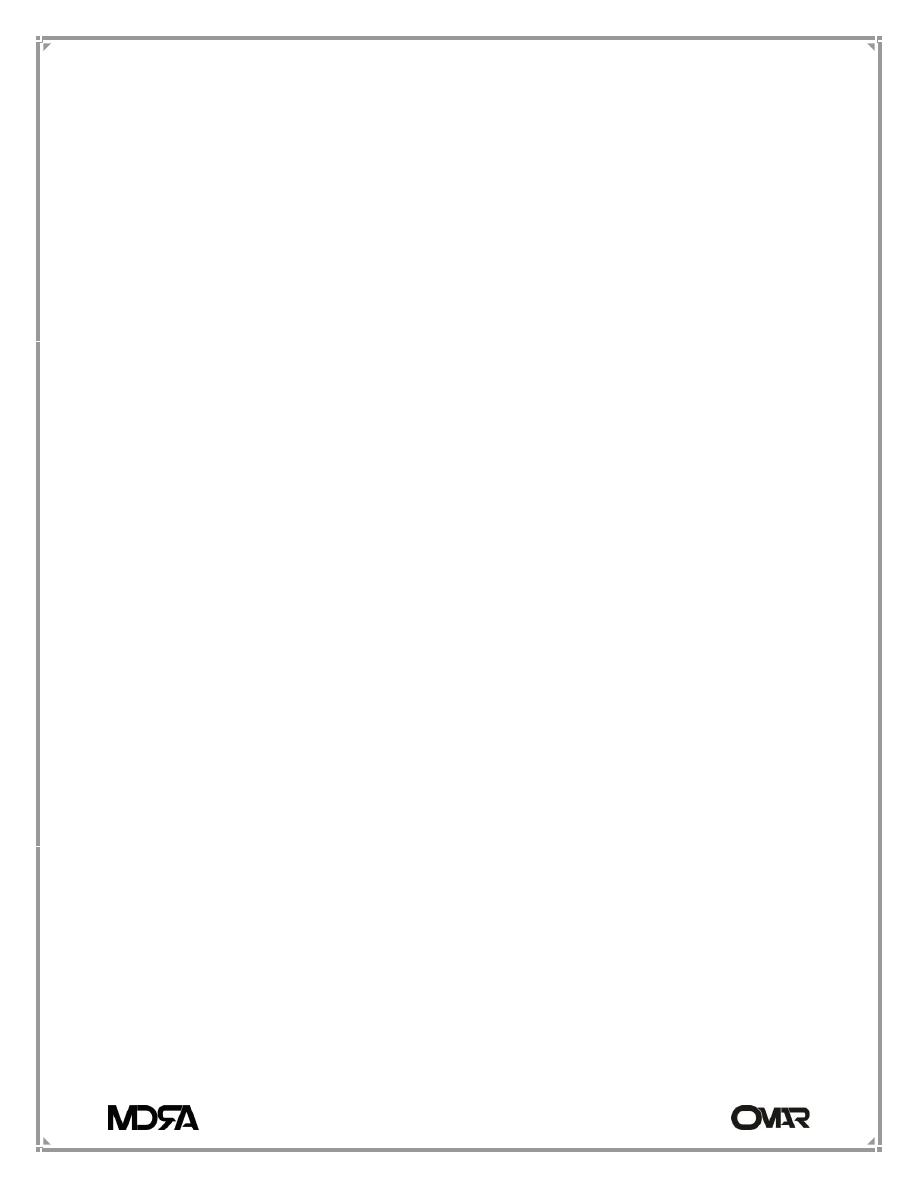
Lec2 Histology
Histology of renal
Dr
.Elham Majeed Al Hadithy
1
Histology of renal
Organs of the urinary system:
Paired kidneys filter blood and produce urine.
Paired ureters transport urine to the urinary bladder.
Urinary bladder stores urine.
Urethra transports urine to the exterior.
Function:
1)Excretes urine
2) Regulate the electrolyte level
3)Synthesize rennin and erythropoietin
Basic structure of kidney :
1)
• The kidneys are located deep to the posterior abdominal wall at the
T12-L3 level. Each kidney has a concave medial border
• The kidney is invested by a tough fibrous capsule.
• The hilum is the medial area where nerves, blood and lymph vessels,
and the ureter enter and/or exit the kidney.
• The expanded upper end of the ureter is the renal pelvis.
• The renal pelvis divides into 2 or 3 major calices.
• Each major calix branches into several minor calices.
2)
• The area surrounding a minor calix is a renal sinus.
• On the interior aspect, the kidney has a cortex and an inner medulla.
• The medulla consists of 6 to12 portions, called renal pyramids.
• The apical part of a pyramid is a renal papilla.
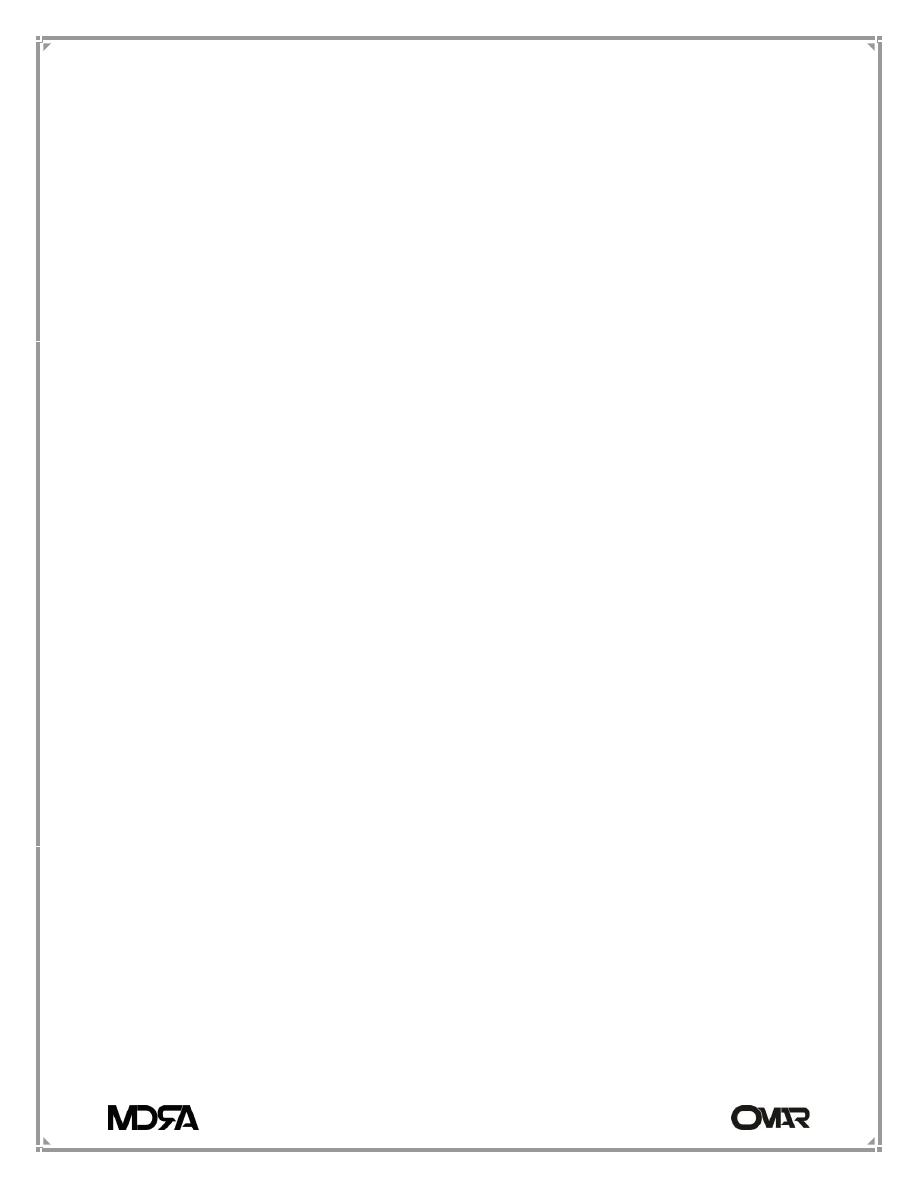
Lec2 Histology
Histology of renal
Dr
.Elham Majeed Al Hadithy
2
• The areas in between the renal pyramids are called renal columns.
Each medullary pyramid, plus the cortical tissue at its base, constitutes a
renal lobe.
The following structures are microscopic:
1- The interlobular arteries give rise to the afferent arterioles.
2- The afferent arterioles form a capillary (for now, we’ll call it the
glomerular capillary).
3- This capillary collects in another arteriole, called the efferent arteriole
(yes, this is unusual… the vast majority of capillaries in the body collect
into a vein; but this one is an exception, instead it collects into another
arteriole).
4- The efferent arteriole forms a second capillary with 2 parts – the
peritubular capillary and the vasa recta.
5- The blood from this second capillary system collects into the
interlobular vein and the arcuate vein.
Histology of the Urinary System – Kidneys
Nephrons. there are 1 to 1.4 million nephrons per kidney.
The functional unit of the kidney is the nephron. The nephron consists of
several discrete structures that, essentially, consist of a filtration
apparatus connected with a series of tubules.
The tubule system of the nephron facilitates the recovery of nutrients,
the excretion of waste, and the maintenance of osmotic pressure.
The structure of the nephron:
The nephron consists of the following portions:
• The renal corpuscle filtrates blood (aka filtration apparatus, as
referred to in the previous slide)
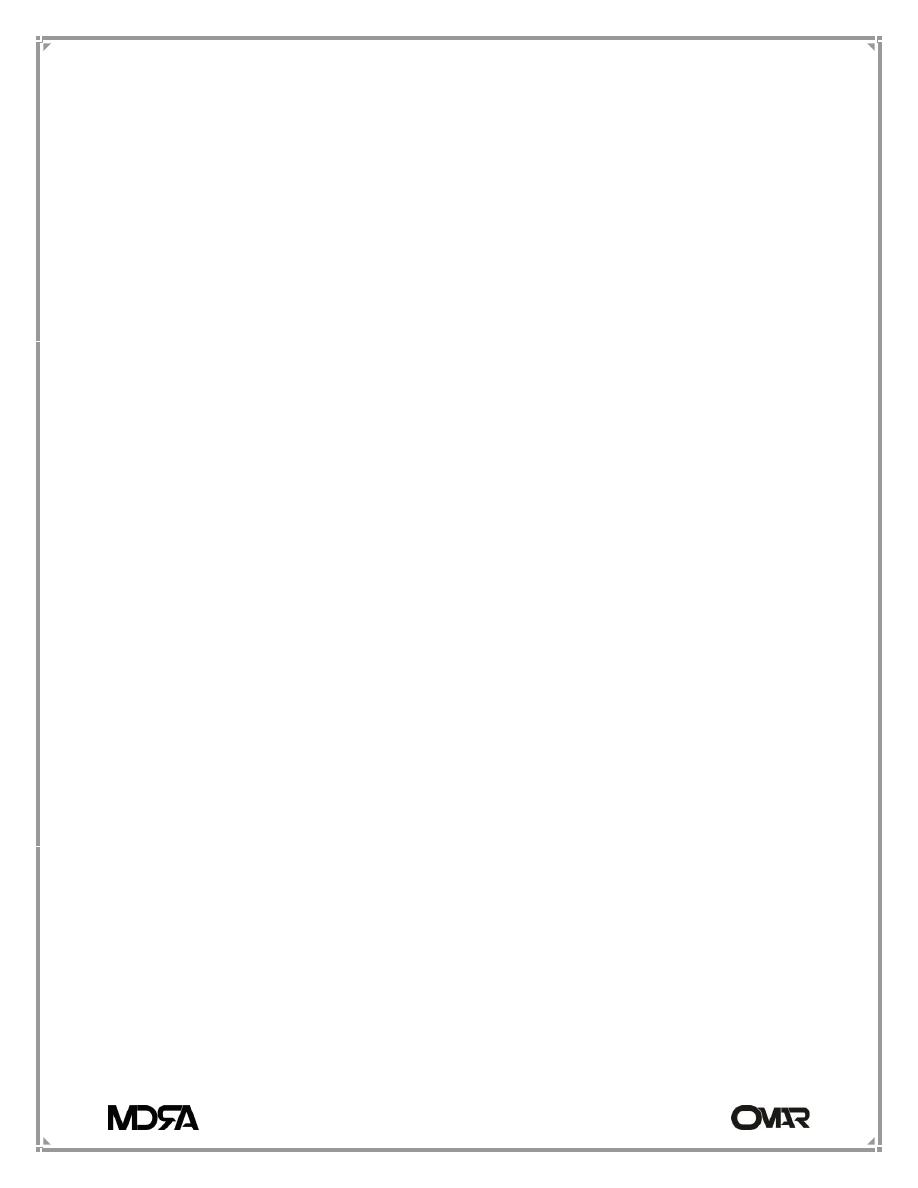
Lec2 Histology
Histology of renal
Dr
.Elham Majeed Al Hadithy
3
The renal corpuscule has 2 parts: the Bowman’s capsule and the
glomerulus, which is a globular
network of capillaries inside the capsule.
• The proximal convoluted tubule
• The loop of Henle
• The distal convoluted tubule
The collecting tubule, which eventually joins with other collecting
tubules to form a collecting duct (the collecting duct is NOT considered
part of the nephron)
Filtrate contains everything found in blood plasma except for proteins.
As filtrate moves into the collecting ducts, it has lost most of its water,
ions and nutrients. The material that remains at this point is known as
urine.
There are 2 types of nephrons:
Cortical nephron
• Glomerulus in outer cortex
• Short loop of Henle
• 80% to 85% of nephrons are this type
Juxtamedullary nephron
• Glomerulus very close to medulla
• Long loop of Henle
• 15% to 20% of nephrons are this type
Nephron and a portion of the kidney blood circulation.
Some relationships between the nephron and the vasculature, and the
kidney regions are:
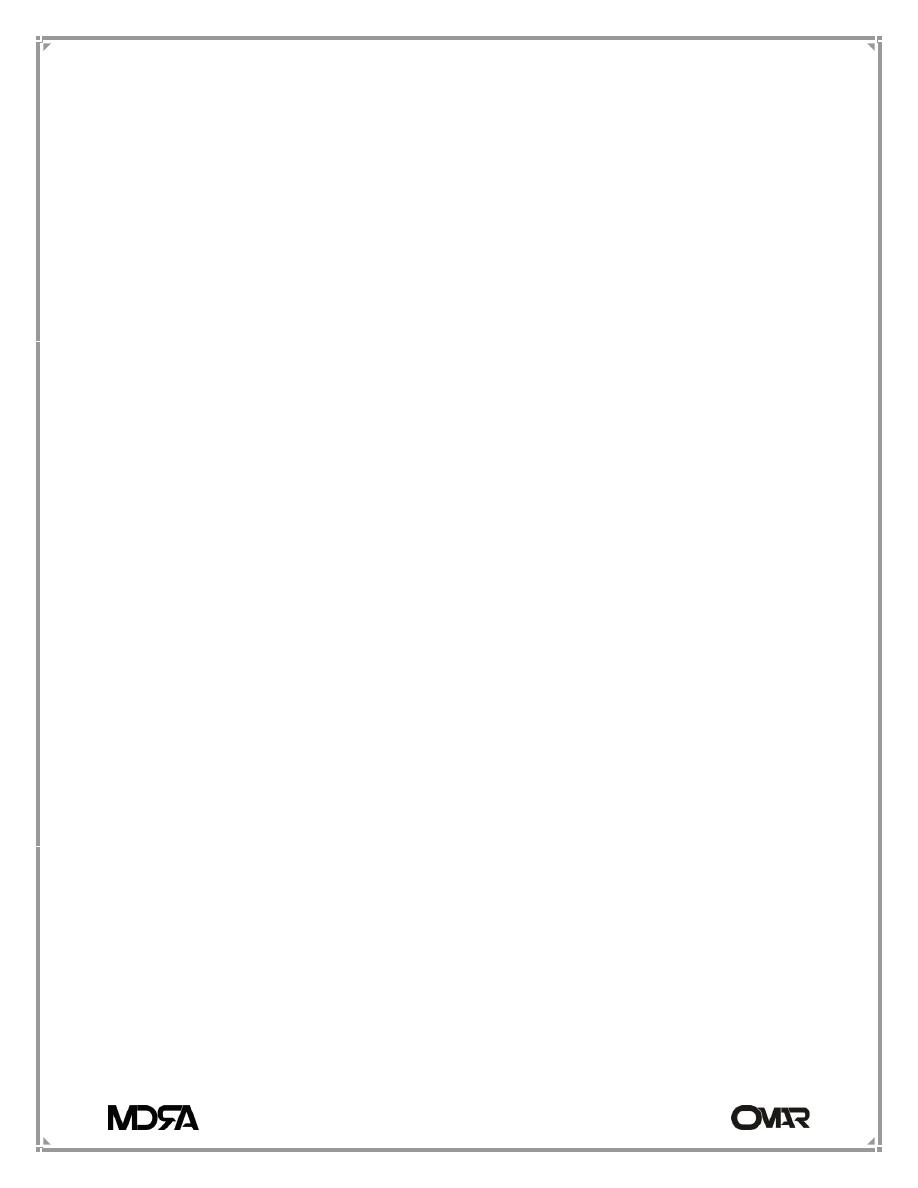
Lec2 Histology
Histology of renal
Dr
.Elham Majeed Al Hadithy
4
• The arcuate artery is at the border of the cortex and the medulla.
• Most of the nephron is in the cortex.
• Most of the loop of Henle is in the medulla.
Histology of the Urinary System – Kidneys – Nephrons – Cross-
sections
A renal corpuscle:
(Note: remember that the renal corpuscle has 2 parts – the glomerular
capsule, also known as Bowman’s capsule, and the capillary, called
glomerulus.)
The capillary (called glomerulus) is linked with the afferent and efferent
arteries.
the capillary is covered by cells. These cells are called podocytes
Renal corpuscle includes the glomerulus and the Bowman’s capsule.
Between these 2 structures is the urinary space.
Glomerulus :is described as a “tuft” or “ball” of fenestrated capillaries.
Bowman’s capsule lines the urinary space and consists of:
• An outermost layer – simple squamous epithelium (properly referred to
as the
parietal layer of Bowman’s capsule)
• An innermost layer – cells known as podocytes (more on next slide),
which adhere to the external surface of the glomerulus (properly referred
to as the visceral layer of Bowman’s capsule)
Podocytes: These are specialized cells with foot processes that give off
small finger-like projections, known as pedicels. These projections form
interdigitations with other adjacent podocyte pedicels, which give rise to
slit valves (or filtration slits). Together these slit valves function as a filter.
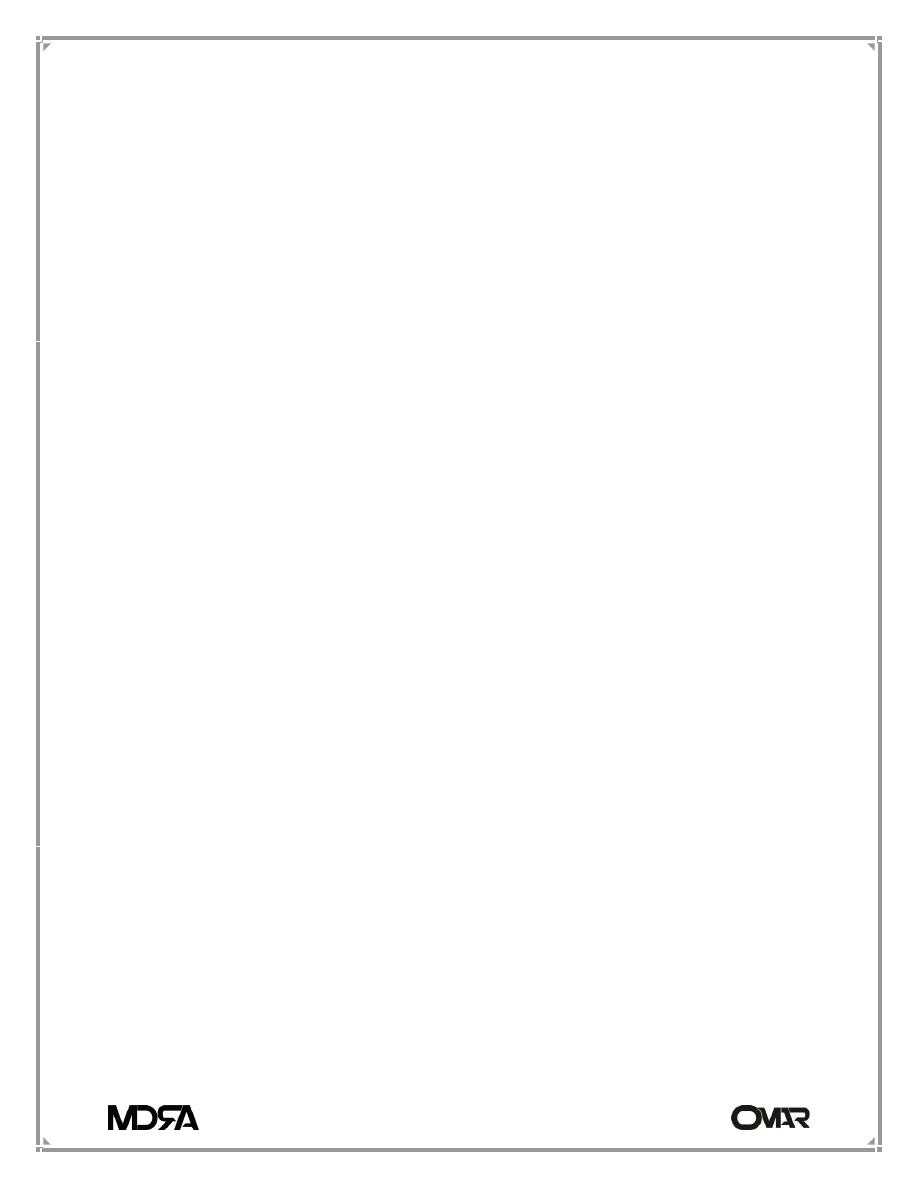
Lec2 Histology
Histology of renal
Dr
.Elham Majeed Al Hadithy
5
They trap large molecules and particles here in order to prevent them from
entering the urinary space.
Function of renal corpuscles:
Blood flows into the glomerulus by way of an afferent arteriole; blood
then circulates in the glomerular capillaries, and finally exits through an
efferent arteriole.
Water, solutes, and small molecules from the blood are able to pass
through the walls of the glomerulus, between the filtration slits of the
podocytes, and into the urinary space, where they form a fluid substance
called filtrate (it’s not called urine yet).
It is important to note that cells and large proteins, such as serum
albumin, are NOT able to cross this barrier (the filtration barrier of the
glomerulus) under normal conditions.
(The particulars of the filtration system are discussed in Physiology.)
Filtration system or barrier:
This is a 3-layered system – materials leaving the blood and entering the
urinary space must go from the glomerular capillary through:
1- The fenestrated endothelium of the glomerulus
2- The uniquely thick glomerular basement membrane (GBM)
3- The filtration slits of the podocyte (also known as the visceral layer
of Bowman’s capsule)
until they get to the urinary space.
In addition to providing a physical barrier for cells and large proteins, the
glomerular basement membrane and the pedicels of the podocytes contain
negatively charged glycosaminoglycans, which act to repel negatively
charged proteins, particularly serum albumin.
The structure between capillary loops in the glomerulus:
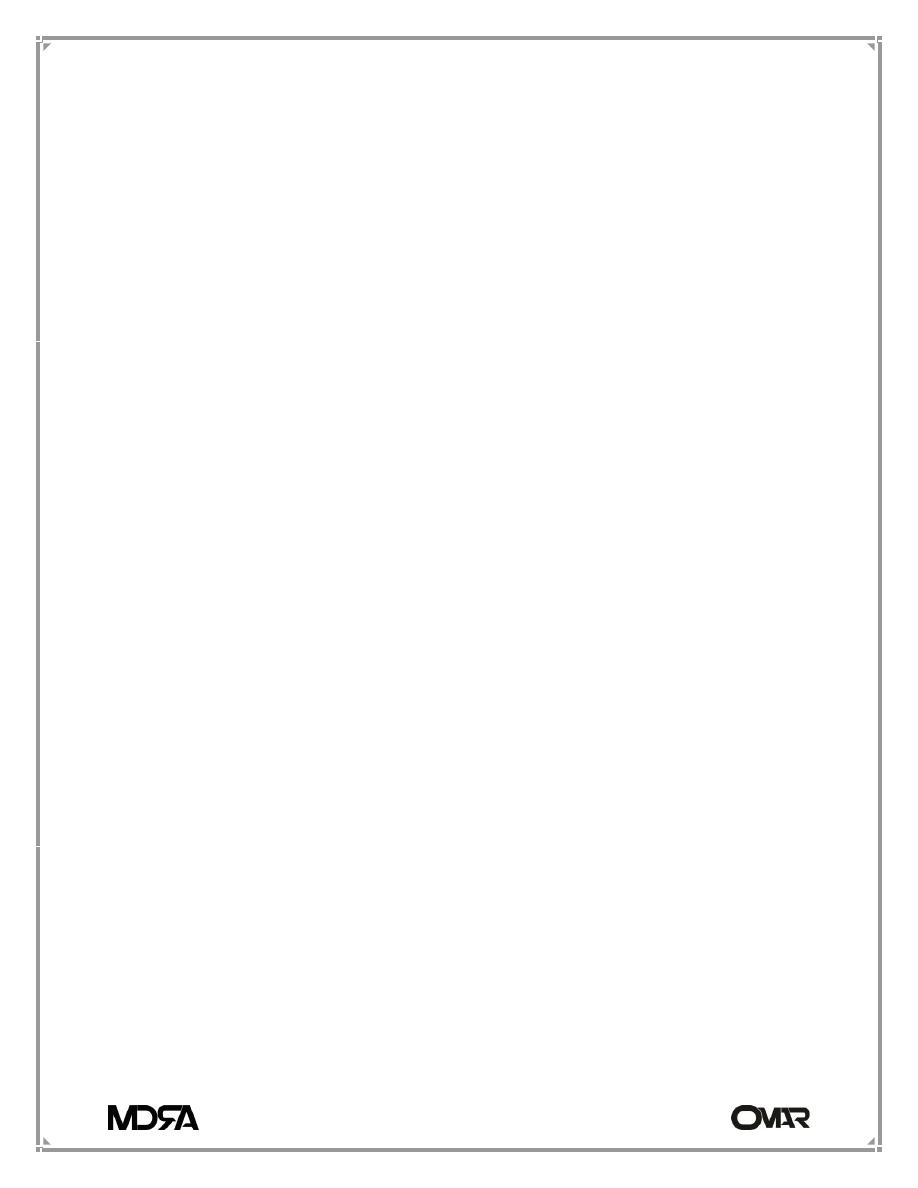
Lec2 Histology
Histology of renal
Dr
.Elham Majeed Al Hadithy
6
Mesangial cells are glomerular cells that are NEITHER podocytes NOR
endothelial cells.
They are modified smooth muscle cells.
Mesangial cells
– Have phagocytic properties
– Provide structural support for the glomerulus
– Play a role in controlling the glomerular flow rate via their contractile
ability
Proximal convoluted tubule:
The PCT can be recognized by several histological characteristics:
A simple cuboidal epithelium
A brush border (meaning the cell surface contains microvilli, which add
to the absorptive surface area of the cells)
• Intensely eosinophilic staining and“frothy”appearing cytoplasm
• Basal striations (parallel rows of mitochondria in infoldings of cell
membrane) – these can only be seen at extremely high magnification
In addition, the PCT often appears to be filled with “debris” – the lumen
of this tubule tends to not be clear. This is likely due to small plasma
proteins adhering to the microvilli.
Function: The proximal convoluted tubule is the first segment of renal
tubules where filtrate enters as it exits the urinary space. PCT is the site at
which a majority (~65% to 67%) of recovered water, ions, and glucose
are transported from the filtrate and added back to the blood.
The PCT cells actively transport glucose and ions from the lumen of the
PCT through their basal surface, and into the peritubular capillary plexus.
Water is also drawn through these cells, as it follows the osmotic gradient,
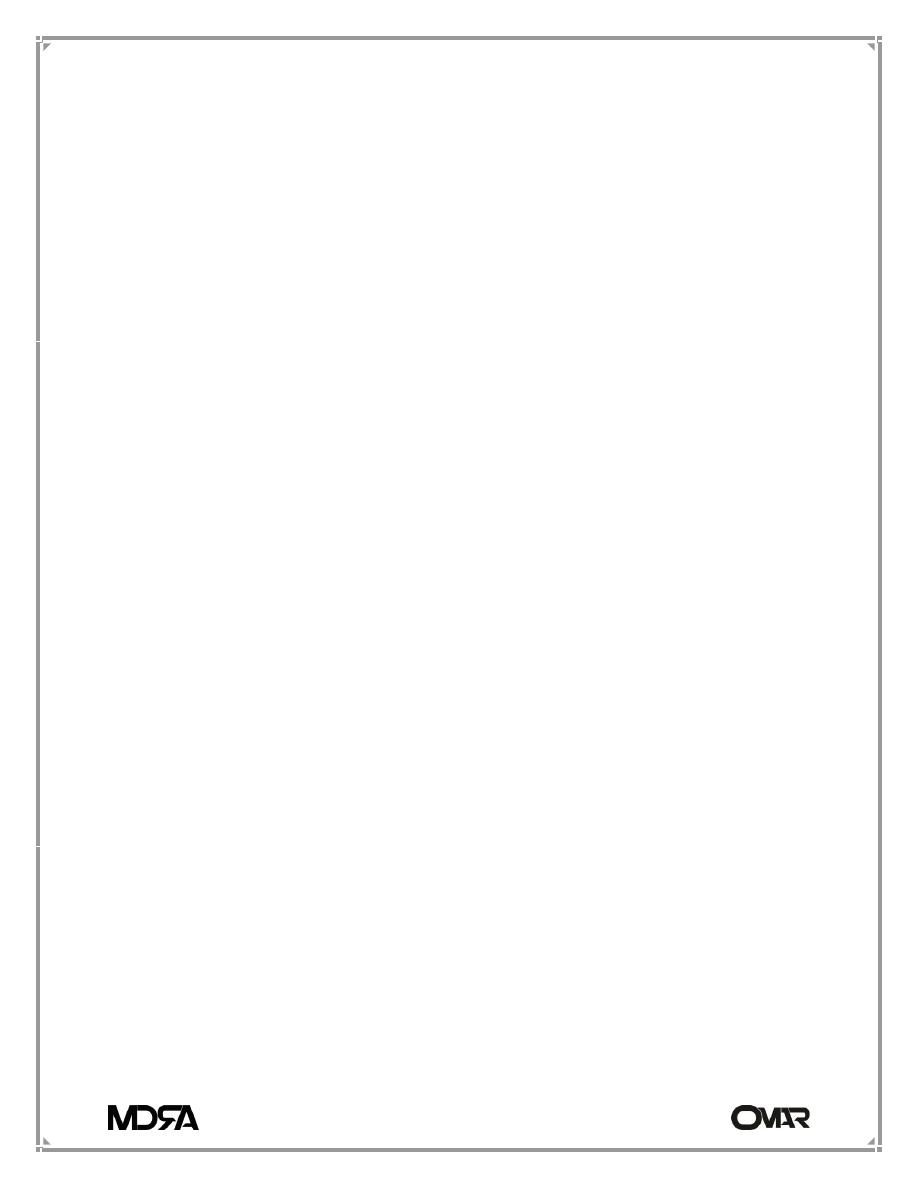
Lec2 Histology
Histology of renal
Dr
.Elham Majeed Al Hadithy
7
created by the movement of Na+ and Cl-. These cells have numerous
mitochondria located in their basal cytoplasm.
Distal Convoluted Tubule:
• A simple cuboidal epithelium
• NO brush border
• Large clearly defined lumen
• Paler cytoplasm (due to fewer organelles)
DCT cells have a tendency to show more nuclear profiles per tubule
relative to PCT cells; owing to the fact that PCT cells have more abundant
cytoplasm.
Function: DCT cells are unique in that they are the site at which the
kidney regulates Na+ concentration, via absorption and secretion of this
ion, in a response to aldosterone secretion.
In addition, they play a role in regulating pH by absorbing and secreting
bicarbonate and protons.
Collecting tubules: travel toward the medulla on their way to joining a
collecting duct. In doing so, they form medullary rays.
Medulla: Loops of Henle
In the renal medulla, a proximal convoluted tubule becomes straight –
while sometimes they are simply referred to as proximal tubules, they are
more commonly referred to as thick descending limbs of the loop of
Henle.
The loop of Henle then becomes thin and, thus, it is referred to as the thin
loop of Henle (ascending and descending parts).
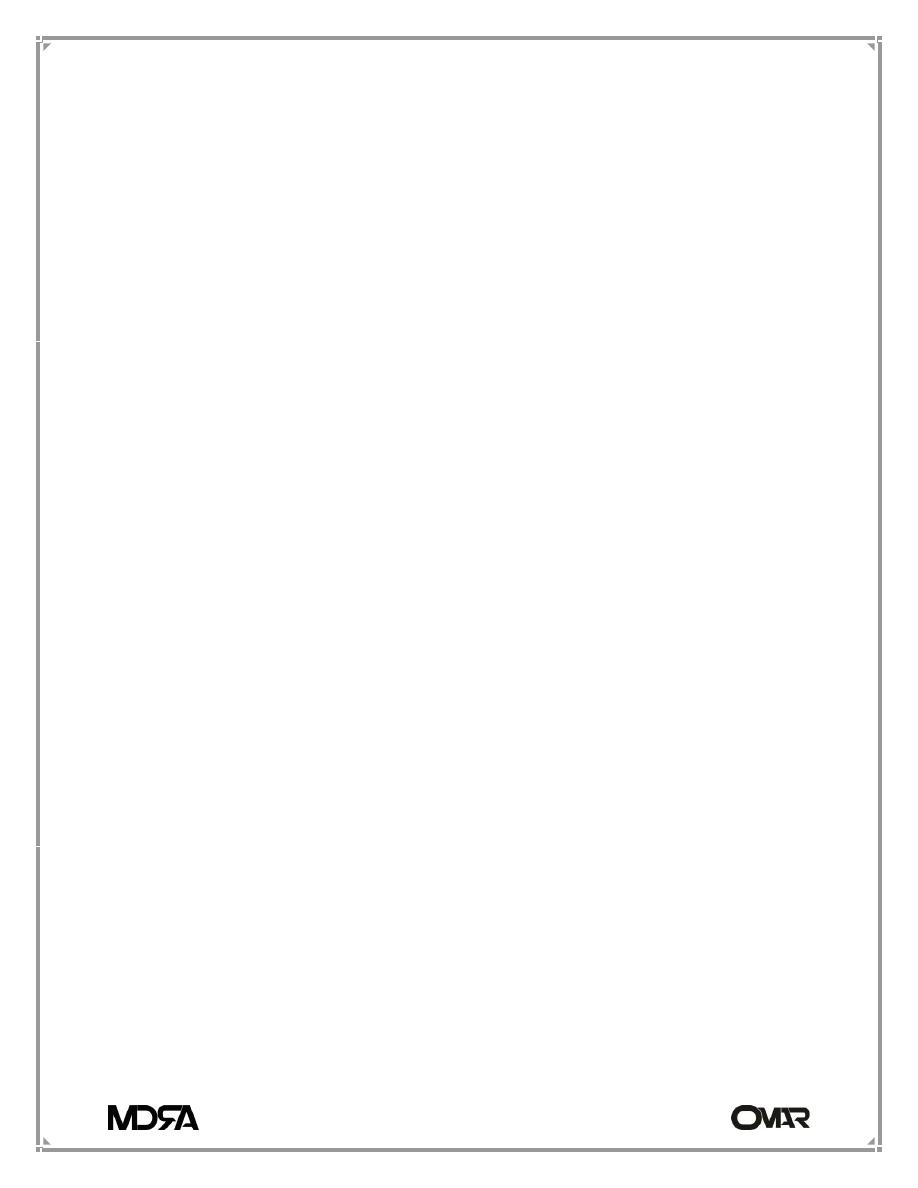
Lec2 Histology
Histology of renal
Dr
.Elham Majeed Al Hadithy
8
Finally, the loop of Henle becomes thick and, thus, it is called the thick
ascending loop of Henle (before becoming a DCT).
The loop of Henle is the portion of the nephron that is largely responsible
for the kidney’s ability to produce hypertonic (or concentrated) urine.
Juxtaglomerular apparatus (JGA):
Next to the macula densa, the smooth muscle cells of the afferent
arteriole are also modified, and are now called juxtaglomerular cells.
Also at the vascular pole are lacis cells – extraglomerular mesangial
cells that seem to be similar to the mesangial cell – inside the renal
corpuscle.
Function: maintains blood pressure
